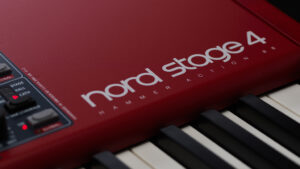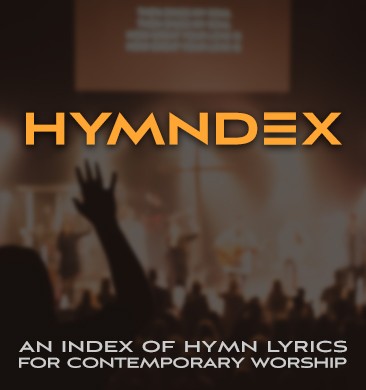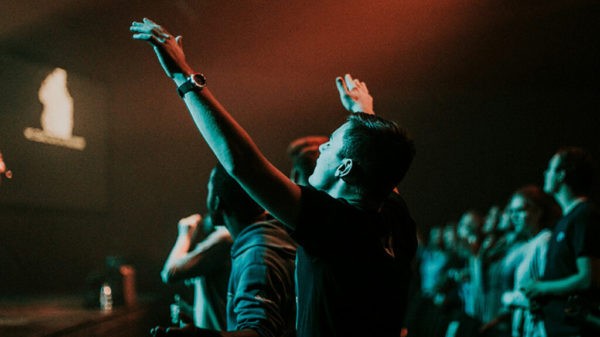Worship leaders, our role extends beyond simply leading songs. We’re called to create an atmosphere where others can encounter God and express their praise freely. But how do we make our worship truly contagious? How can we draw our congregations in and point them towards Jesus more effectively? Let’s explore some practical ways to enhance our worship leading and create a more engaging experience.
The Power of Joyful Expressions in Worship
Have you ever caught a glimpse of yourself in a mirror while leading worship? What do you see? A joyful, light-hearted attitude reflecting a heart full of praise, or a furrowed brow indicating intense concentration? While it’s natural to focus on getting the notes right, we must remember that our facial expressions communicate volumes to our congregation.
When we sing about God’s greatness, His miracles, and His unending love, our faces should reflect the joy and awe these truths inspire. Think of Moses coming down from Mount Sinai, his face radiant from being in God’s presence. That’s the kind of glow we should aim for!
Remember, if worship looks enjoyable rather than painful, people are more likely to want to join in. So next time you’re leading, try to consciously relax your face and let your joy shine through. Your authentic expression of praise can be the catalyst that ignites worship in others.
Try this at your next rehearsal: position your vocalists in front of a large mirror while practicing. Many worship team members resist smiling because they worry it will look forced or unnatural. However, what often happens is quite revealing – while they may feel “fake” or “over the top” when smiling, the mirror shows they actually just look naturally happy! Our perception of our own expressions can be surprisingly inaccurate. What feels exaggerated to us often appears perfectly normal and welcoming to others. This mirror exercise can help your team find that sweet spot between authentic expression and effective communication.
Fostering Community Through Interactive Worship
Worship isn’t a solo performance – it’s a shared experience of the body of Christ. As leaders, we need to be mindful of creating an atmosphere of unity and interaction. It’s easy to get trapped in our personal “worship bubbles,” focused solely on our own part or overcome by nerves. However, breaking out of this isolation can transform the worship experience for everyone.
Don’t be afraid to make eye contact with your team members and the congregation. Smile at them, nod encouragingly, and let them see that you’re worshipping together. This simple act of acknowledgment can help people feel more connected and engaged in the communal act of praise.
Remember, we share the greatest gift in the world – Jesus! Let’s celebrate that together. When the congregation sees the worship team interacting joyfully, it reinforces the idea that worship is a collective expression of love for Christ.
The Impact of Memorizing Worship Music
While it’s not always possible for volunteer musicians to memorize every song, striving to internalize at least portions of the music can significantly enhance worship engagement. When you’re not tied to your lyrics sheet or chord chart, you’re free to connect more deeply with God and those you’re leading.
Try to memorize at least the chorus or bridge of each song. This will allow you to make more eye contact and be more expressive in your worship. Moreover, it helps you focus on the meaning behind the words you’re singing.
Can you explain the theme of each worship song in a sentence? Understanding the heart of the song allows you to worship more authentically and guide others more effectively. The better you know the music, the freer you are to worship and to help others do the same.
Preparation: The Key to Distraction-Free Worship
A smooth, flowing worship set doesn’t happen by accident. It’s the result of dedicated preparation and practice. Regular rehearsals and individual practice at home are crucial for creating a distraction-free worship experience.
Yes, this requires a bigger commitment than just showing up on Sunday morning. But the impact is worth it. When the music flows seamlessly, it allows the congregation to focus on God rather than being distracted by missed cues or awkward transitions.
Well-rehearsed doesn’t mean rigid or overly polished. Instead, it provides a solid foundation that allows for spontaneity and sensitivity to the Holy Spirit’s leading during worship. Your preparation creates space for God to move freely.
Body Language: The Unspoken Element of Worship Leading
Our body language speaks volumes, often louder than the words we sing. As worship leaders, we need to be aware of the non-verbal messages we’re sending. Does our body language effectively communicate the message of our music and the love of Christ in our hearts? Or are we unknowingly telling a different story altogether?
If we’re singing about the joy of salvation, but our posture is closed off and tense, it creates a disconnect. Conversely, open, welcoming body language can invite the congregation into a deeper worship experience.
Pay attention to your posture, gestures, and movements. Are they in alignment with the lyrics and mood of the song? Practice being intentional with your body language, using it as another tool to guide and engage the congregation in worship.
Reflecting Christ in Every Aspect of Worship
Leading worship is a profound responsibility and a beautiful opportunity to guide others into God’s presence. By being mindful of our facial expressions, fostering community, internalizing the music, preparing diligently, and aligning our body language with our message, we can create a more engaging and authentic worship experience.
Remember, the goal isn’t perfection, but rather to reflect Christ more clearly in every aspect of our worship leading. As we grow in these areas, we’ll find our worship becoming more contagious, drawing people in and giving them the freedom to express their praise to Jesus more fully.
Take some time to reflect on your worship leading. Which of these areas do you feel God calling you to develop further? Start with small, intentional changes, and watch how they can transform your worship leading and impact your congregation. After all, when our worship truly reflects the joy, community, and love of Christ, it becomes irresistibly contagious.









